19+ Sample Equity Action Plan
-

Equity Action Plan Template
download now -
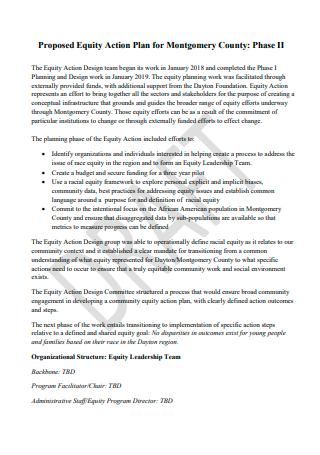
Draft Equity Action Plan
download now -
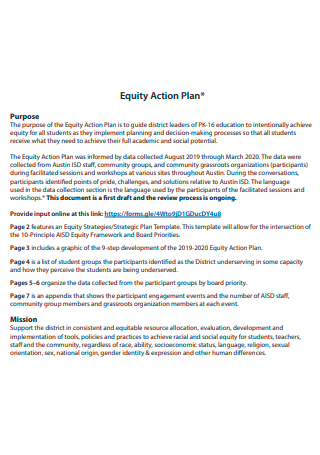
Printable Equity Action Plan
download now -

Race and Gender Equity Action Plan
download now -

Education Equity Action Plan
download now -
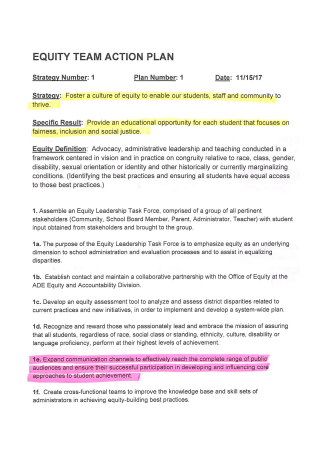
Equity Team Action Plan
download now -

Health Equity and Anti Racism Action Plan
download now -

Local Education Agency Equity Action Plan
download now -
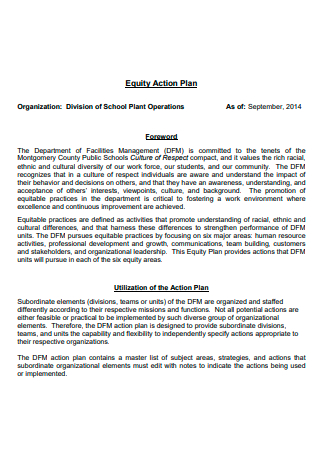
Equity Action Plan Example
download now -

District Equity Action Plan
download now -

Covid-19 Equity Action Plan
download now -
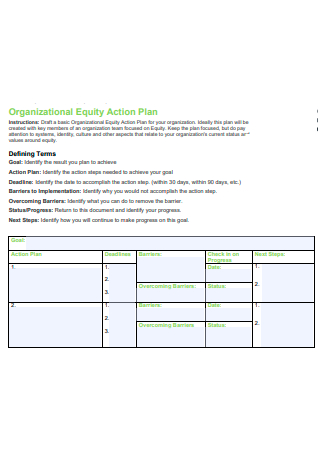
Organizational Equity Action Plan
download now -

School Equity Action Plan
download now -
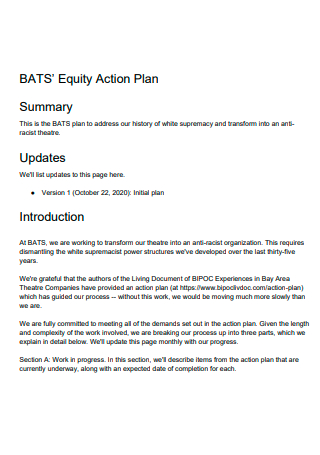
Equity Action Plan in PDF
download now -
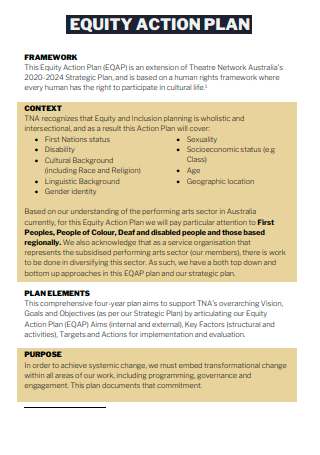
Standard Equity Action Plan
download now -

Formal Equity Action Plan
download now -

School District Equity and Inclusion Action Plan
download now -
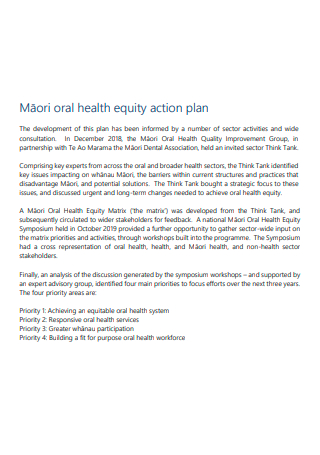
Oral Health Equity Action Plan
download now -
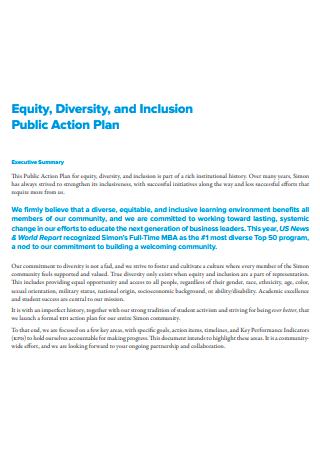
Equity Public Action Plan
download now -

Equity Action and Accountability Plan
download now
What Is an Equity Action Plan?
An equity action plan is an action plan that seeks to advance equity, fairness, and inclusion by promoting various strategies that effect change in an organization, institution or a community.
According to an online article published by nonprofit health organization KFF, inequities in healthcare and health services are symptoms of a larger systemic and structural problem of social and economic inequality. According to the data, the social determinants of health are the following: economic stability, neighborhood and physical environment, education, food, community and safety within a social context, and health care system.
Types Of Inequity In Society
In a perfect world, there would be no need for discussions on equity, equality, or diversity. Since everyone will be treated fairly and justly, it would be an ideal society where all people are afforded the chance to live with dignity. However, everyone knows that this is not the case. The reality is far from the ideal. One does not need to look far to see a glaring disparity in equity. Whether it’s in housing, education or health, equity problems continue to plague society even if there is constant progress and development in other areas. The following examples below are some of the most common areas where equity remains an issue.
Ways To Promote Equity
There can be many ways to promote a sense of equity within a community. As an individual, you can do so in your own little ways. As a collective society, there must be a strong commitment to the values of equality and fairness. The following examples are some major ways to promote equity for all.
How to Create an Equity Action Plan
To create an effective equity action plan, you must plan your approach carefully. If it is convenience and ease you are looking for, using a predesigned template can save you a lot of time. Simply browse and select a suitable template from above and follow the basic steps found below.
Step 1: Establish Goals
The first step in creating any action plan is setting the objectives. What goals do you want to achieve with your equity plan? Ideally, you want to limit your objectives to a couple of items. Having too many and too general goals may backfire. Since you want to keep your action plan focused, two or three major objectives should suffice. The goals you list serve as your ‘North star’ as you continue the process of planning and implementing your equity action plan. When obstacles or unexpected roadblocks come up, your goals can help redirect your focus and stay on course despite problems.
Step 2: Give a Proper Background
After establishing the objectives, the next step is to offer a comprehensive background behind the purpose and goal of your equity action plan. It is important to provide some context in order for your readers and audience to better grasp the ideas and plans. How you frame your background will depend entirely on you. For example, you can explain the benefits of equity or share a little history surrounding the initiative. You can also describe the current situation pertaining to equity in the community. Whatever background you provide, it should be able to connect to the ideas and goals in the previous section.
Step 3: Propose Activities and Projects
Since it is an action plan, the meat or primary content of your plan should be laced with concrete action. Draft and outline several action items that directly address your equity goals and objectives. Try to be as specific and concrete as possible. It shouldn’t only be the goals that ought to be realistic and attainable, the plans and strategies must be feasible as well. Depending on the nature or type of equity you are striving for, action can come in different forms including projects, events or even policies. For instance, if you are seeking greater social equity within your neighborhood, you need to ask yourself which aspects lack equity and what various programs can help counter the lack.
Step 4: Establish Metrics For Monitoring
Lastly, your equity plan should not just end with action. It must be a sustainable and long-term type of action. Follow through is almost as important as the execution itself. After determining the kind of action to take, you need to have metrics put in place in order to sufficiently monitor the plans and strategies. A plan can either succeed or fail. In either scenario, it must be subject to objective evaluation and analysis. A couple of success indicators or even just a simple rubric for measuring the plan’s outcome should be enough. At the end of the day, what matters is that all plans are sufficiently monitored and any progress is duly recorded.
FAQs
What is a school equity plan?
A school equity plan is a comprehensive written plan that outlines various strategies and actions that promote equity, inclusion, and diversity within an academic community. Most plans pertain to school policies such as diverse or anti-discriminatory hiring and admissions processes, etc.
What is the purpose of an equity plan?
The purpose of an equity plan is to promote just practices and encourage fairness and inclusion within an institution or community. And in most cases, a significant amount of structural and behavioral change must take place in order for the plan to succeed.
What is a racial equity plan?
A racial equity plan is a comprehensive plan that envisions greater equity and equality among races.
Equity, along with diversity and inclusion, are core values that are essential for a harmonious and tolerant society. Whether it’s social, educational or racial, equity action plans have the potential to help steer a community or organization to greater heights. Download a free sample template from the collection above to start creating your own action plan now!
